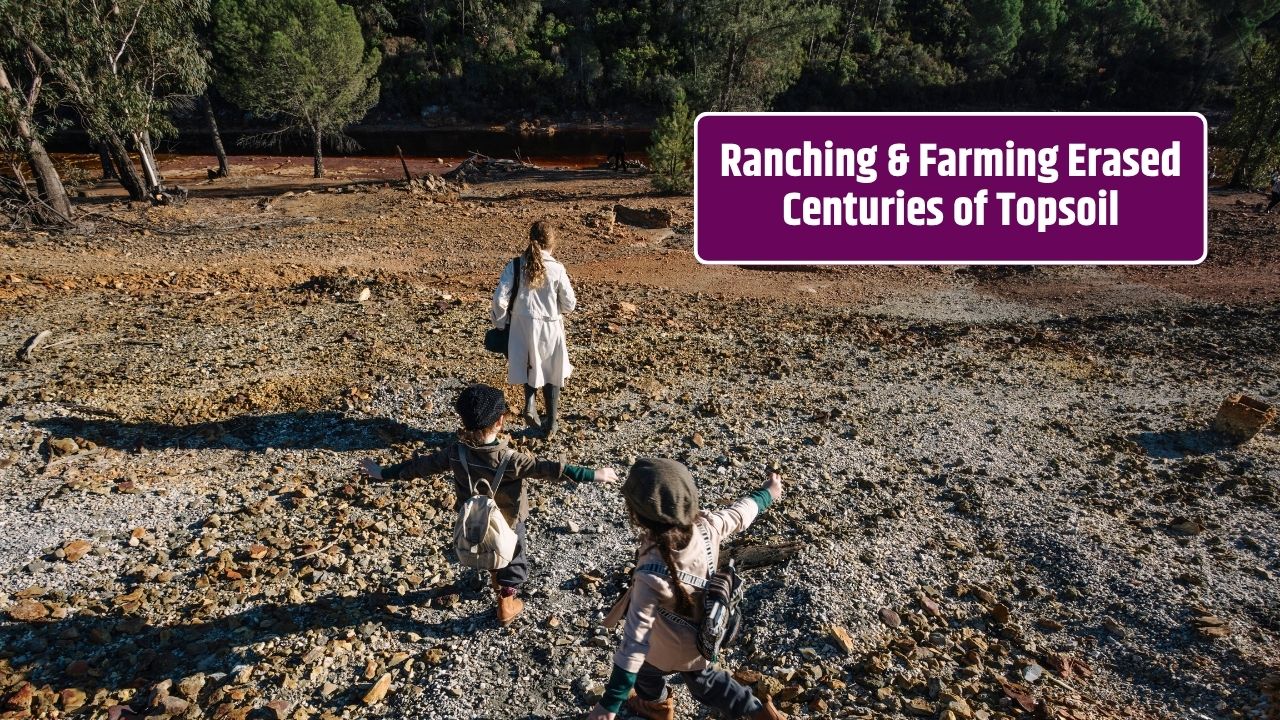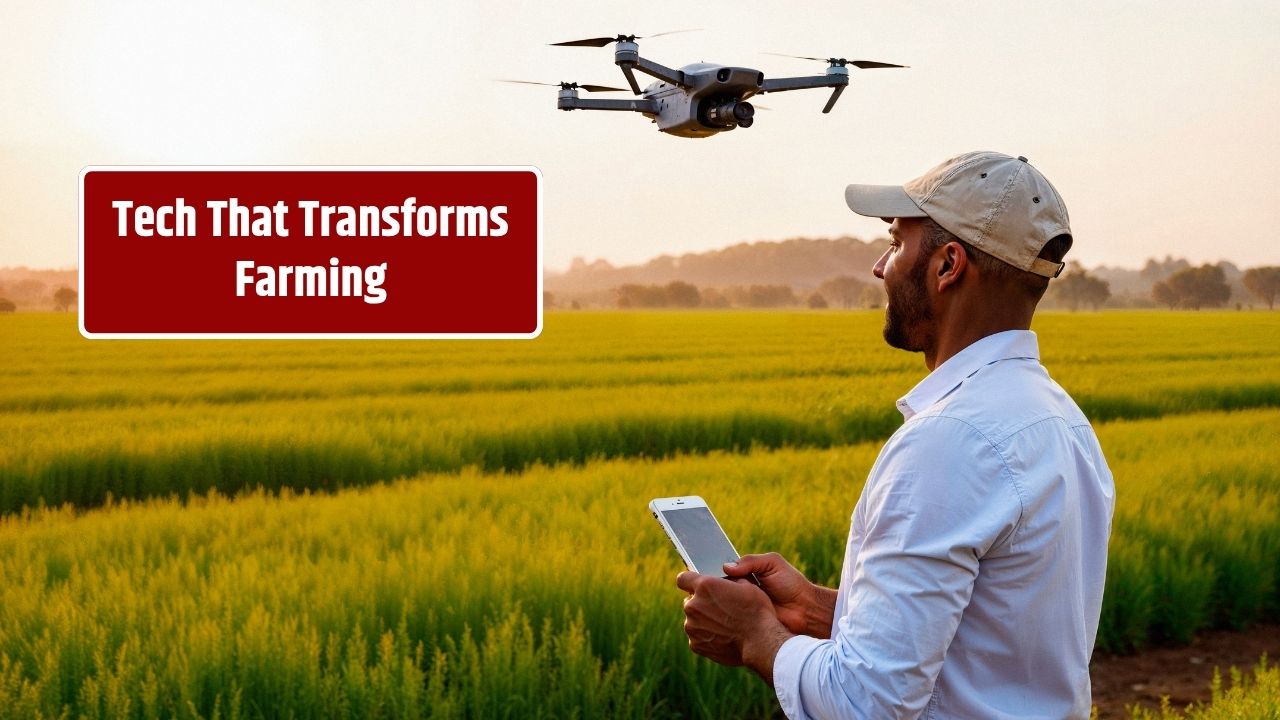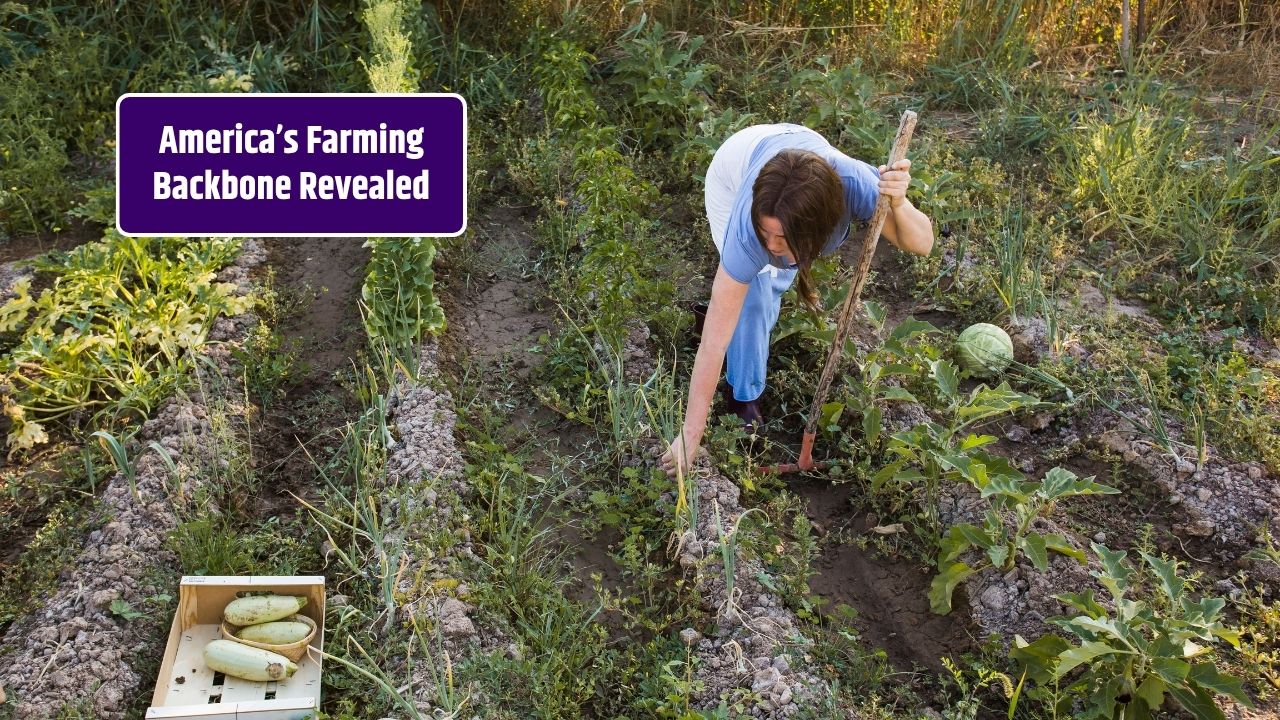The Alps, known for their stunning peaks and biodiversity, have been undergoing a quiet but devastating transformation beneath the surface. New research shows that human activity—particularly grazing livestock and farming—has accelerated soil erosion in the region to such an extent that almost all the soil formed since the Ice Age has been lost. This not only threatens the alpine ecosystem but also increases the risk of further environmental degradation.
Table of Contents
How Alpine Soils Formed—and Disappeared
Following the last glacial period, as glaciers retreated from the Alps around 10,000 years ago, bare rock was slowly transformed into fertile soil through natural processes. Microbes, plant roots, and weather gradually broke down rock into clay, creating a rich, carbon-holding layer that supported forests, pastures, and life itself. This process took thousands of years.
But over the past 4000 years, this slow creation has been reversed rapidly.
“We destroyed the soils at a rate four to 10 times faster than they grew,”
says William Rapuc of the French National Centre for Scientific Research (CNRS), who co-authored a new study on the topic.
Tracing Soil Erosion with Lithium Isotopes
To understand how this erosion unfolded over time, Rapuc and his team studied sediment from Lake Bourget in the French Alps. By analyzing lithium isotopes, which change in predictable ways as clay forms from bedrock, the researchers could distinguish periods of soil development from periods of erosion.
Initially, climate patterns explained much of the natural soil fluctuation. But around 3800 years ago, a new force overtook nature: humans.
The Three Human-Led Surges of Soil Loss
Researchers identified three distinct waves of erosion, each tied to a shift in human land use:
| Time Period | Main Driver of Soil Loss |
|---|---|
| 3800–3000 years ago | Grazing livestock at high altitudes |
| 2800–1600 years ago | Farming expansion at lower altitudes |
| 1600 years ago–present | Intensive agriculture with tools like ploughs |
Each phase represents a shift in human pressure—from pastoral to agricultural to industrialized land use—leading to accelerated soil degradation.
What This Means for Today’s Alps
Soil loss doesn’t just affect what’s underfoot. It leads to:
- Less vegetation due to poor nutrient retention
- Increased erosion from rain, wind, and snowmelt
- Decreased water retention, worsening drought and runoff
- Reduced agricultural productivity, especially in marginal areas
The Alps are now far less capable of supporting the biodiversity and farming systems that once thrived there.
A Soil “Anthropocene” Begins
Rapuc and his team propose that the shift 3800 years ago marks the beginning of a regional “Soil Anthropocene”—an era when human activity became the dominant force shaping soil health.
And the Alps aren’t alone.
In the U.S., soil loss is occurring up to 1000 times faster than during natural conditions before agriculture, says Daniel Rath from the Natural Resources Defense Council.
Across the globe, modern agriculture is speeding up erosion, reducing soil carbon, and interrupting the natural cycle of soil formation. This damage, once confined to mountain slopes, is now global.
A Wake-Up Call for Modern Farming
While the study focuses on the Alps, its message is global: if soil continues to degrade at this pace, ecosystems, food systems, and water cycles will suffer irreversible damage. But it’s not too late. Sustainable farming practices—like no-till, cover cropping, and rotational grazing—can rebuild soil and slow this trajectory.
The story of the Alps offers a powerful reminder: soil is not a renewable resource on human time scales. Once it’s gone, it takes millennia to return.
FAQs
What caused the first major wave of soil erosion in the Alps?
Grazing livestock at higher elevations around 3800 years ago disrupted delicate alpine soils.
How do lithium isotopes reveal soil erosion?
Lithium isotopes change as rock turns into clay. By analyzing them in lake sediments, scientists can track whether soil was forming or being lost.
Is this kind of soil erosion happening elsewhere?
Yes. In places like the U.S., intensive farming is now causing soil loss at unprecedented rates.





















